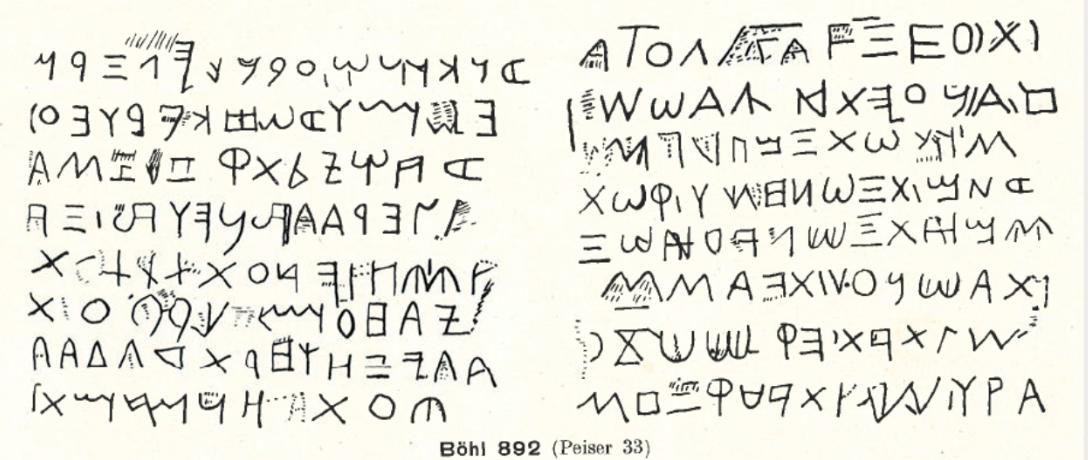Written in clay
Our tablet was inscribed with a sharp instrument but with a very different technique than was used for the cuneiform script: the signs consist of lines that are ‘drawn’ into the clay. So, if it is not cuneiform, what kind of script is this? This question is not easy to answer, as the writing does not look like any script known to us. What we can say is that the script is written in a horizontal direction. On each side of the tablet there are 8 lines of text. They are horizontally separated by means of relief; between the inscribed lines there are elevated ridges of clay.
Both sides of the tablet are completely inscribed without interruption, which makes it difficult to determine the beginning and the end of the text. The side that is now labeled as ‘A’ could in fact be the reverse, and not the obverse. We also do not know what the direction of writing is; in fact, we are not even sure if the tablet is not photographed upside down! Before we delve further into the mysterious script, let’s first retrace the origins of this enigmatic tablet.
